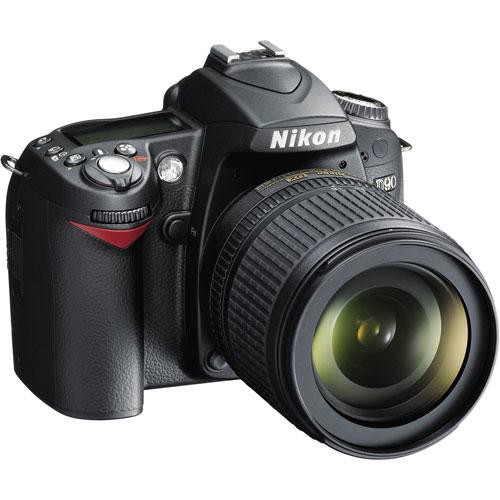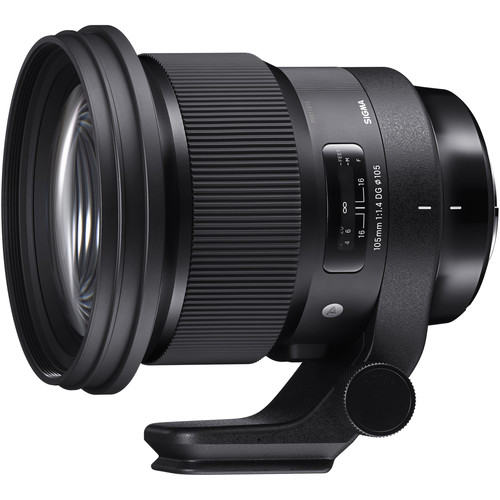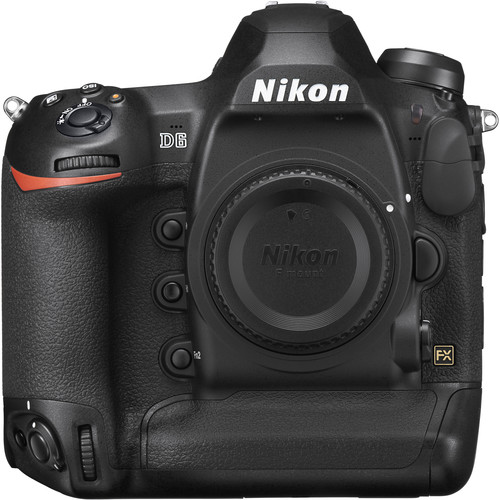People are always asking, “What camera should I buy?” But that’s the wrong question to be worried about.
Most of us who have been shooting digital cameras for while have owned more than one camera body. New features and sometimes new technology makes buying new camera bodies very attractive every few years. Plus, it’s nice to think that a new camera will make our pictures look better. If only spending money could make us better photographers!
“What lens should I buy?”
I’ve owned 32 camera bodies from various brands since I bought my first DSLR in 2009. Each one had something that made it “better” than the others. But the fact is, I only use two of them right now.

The only things that have lasted through all of those bodies are the lenses I’ve put in front of them. “What lens should I buy?” is a much more important question than pondering which obsolete body to buy next.
Bodies become outdated and get replaced
Last summer, I bought two new Lumix S1 cameras, and then Lumix immediately announced the new S5. And that’s the way it always goes: As soon as you buy a new camera, a new model will be released.
You can even go to the store and buy a significantly outdated camera right off the shelf. It drives me nuts that you can buy a Sony a5000 and be tricked into thinking you’re getting a “new” camera. It was released in 2014, and the technology in it has been replaced several times with cameras that fill the same level of features.

I don’t blame the clerks at Best Buy for pushing these and other dinosaurs — they are trained to sell based on the quantifiable numbers on the labels. I do blame manufacturers for continuing to sell outdated tools as new.
The first one’s free …
Manufacturers know that the thing that makes people continue to buy their cameras is the glass. Photographers love their lenses so much that we use an epithet based on their sexiest component.

When you buy a camera you’re really buying the lenses that go with it. Manufacturers trap you by providing decent lenses with their camera bodies in a kit. All levels of bodies come in kits, and the lenses generally make very good pictures — in ideal situations. Photographers immediately put their new lenses into situations that surpass the lens’ abilities and realize that they need something more … something faster.
And suddenly, your’e hooked. You have to shell out more cash for lenses with bigger apertures and longer zooms. The coveted primes become your goal.
And now you’re committed to buying more glass for a camera with a specific mount that doesn’t work with lenses from other companies.
Fortunately, the lenses worth buying are generally very good and you won’t regret committing to a system.

Some lenses really are forever
Unfortunately, just because you commit to a camera system doesn’t mean that system is committed to you. Manufacturers can change their lens mounts anytime without warning. Sony has unofficially discontinued their A-Mount — which, you might remember, they inherited when they bought the Minolta camera division. Canon changed their mount in the 90s when they launched the Rebel SLRs. And Nikon changed their mount … oh, wait a sec …

Nikon has used the same mount since 1958, and I use lenses on my D700 that are almost that old. All the lenses they’ve ever made for the F mount still connect and function with cameras that have just been manufactured, like the new flagship D6.
I also love that the micro four-thirds manufacturers share their lens mount. Every time I put an Olympus lens on my Lumix bodies, I giggle for a second. I feel like I’m sticking it to the man.
What’s more, some lens manufacturers, like Sigma, will change the mount on the lens for you. So, if you switch from Canon to Lumix, you can send your lens in and they’ll swap it to an L mount. That’s pretty awesome, and an excellent value.
But lenses won’t satisfy
As they say, the grass is always greener on the other side of the fence. Once you’ve got awesome lenses, you’re going to fall for the biggest trick in the camera marketing game. You’re going to feel the need to “upgrade” to full frame.
We’ll discuss this another time, but the good news is that most of the good lenses you bought will still work with your “upgraded” camera body.

Break the cycle
You can spend years in this cycle of buying bodies with new features and lenses with more and more glass displayed at the front. You’ll get more video features and better autofocus. Wider apertures and silent stepping motors will be added. You’ll get stabilization so good you can shoot silky video one-handed while riding a bike on a cobblestone street. Alas, you’re pictures still won’t be any better!
There’s only one way to break the cycle of buying ever-better lenses and bodies. The key to getting the most out of each purchase is simple.
Make more pictures.
That’s the only way to become better at what these tools are designed to do. Fortunately, it’s practically free to make more pictures, so get out there and do it!
What lens should you buy?
So what lens should you buy? Well, since you’re asking me I’ll tell you where I’ve put my money. Nikon’s top glass and always served me well. I’ve used Canon’s top glass and liked it (I just never loved the bodies). Lumix and Olympus’ top micro four-thirds glass is terrific. The 60mm and 30mm lenses from Sigma for MFT are in my personal bag, and the Tamron 14-150mm is very good.
I wish I could buy the latest Tamron primes, but they don’t make them for the L mount cameras I use at work. The Lumix L mount 70-200mm and 24-105mm are in my bag and are exceptional. Sigma’s 14-24mm, 45mm f/2.8, and the 85mm f/1.4 are in there, too, and they’re terrific. I’m about to buy the Sigma 35mm f/2 and 135mm f/1.8, and they are incredible.
Since you’re asking me right now, I’d say put your money into Sigma and Tamron glass.
Tell your story with the second annual Visual Storytelling Conference!
Experience four days of interactive, online training sessions featuring a range of educational content with experienced photographers and content creators. This free event kicks off with a series of technical boot camps to build essential skills, followed by live, online sessions on photography, video, business and social media. Join live from March 10-13, 2022!
